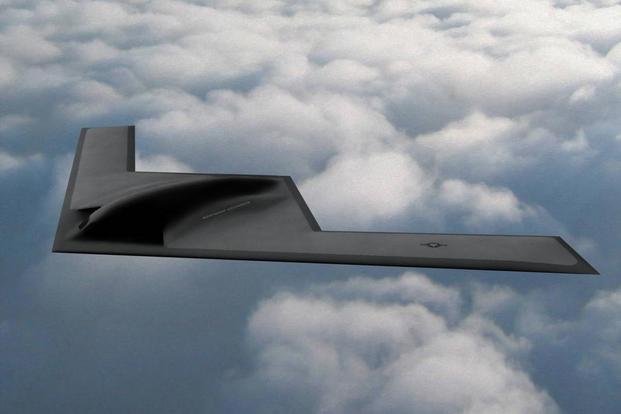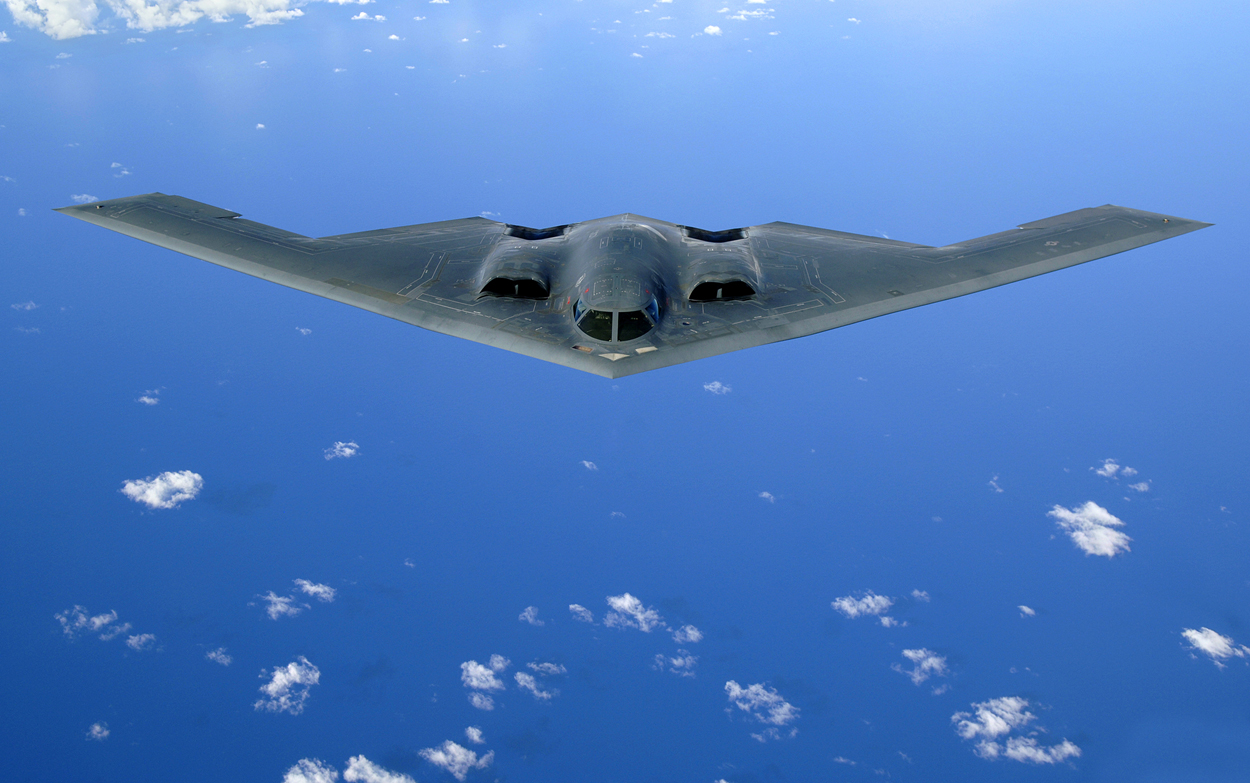The B-21 Raider, the United States’ latest bomber, is almost prepared to take to the skies for the very first mission. The tactical aircraft is widely regarded as the stealthiest bomber ever designed, with some analysts suggesting that it may be practically undetectable to radars. The aircraft will now undergo pre-flight validation. It is a process that ensures the airplane’s construction is healthy and that the aircraft can perform what it was designed to do. When the calibrated checks are completed, the project gains “amazing insight into, ‘Did the original implementation satisfy our expectations, and did the production of that match our wants?'” states Rapid Capabilities Office Director Randall Walden, as reported by the Air Force Magazine.
From the exterior, the B-21 Raider looks to be highly influenced by its evolutionary brother, the B-2 Spirit bomber. The fuselages of both airplanes are essentially the same. In general, both aircraft have a low-altitude wing design.

This technical choice has several advantages. For one, it decreases the number of surfaces that may possibly bounce radar detection and enable the airplane to be monitored while in flight. The configuration also reduces aerodynamic drag while flying, which increases the airplane’s fighting perimeter. Despite the fact that both aircraft have a comparable fuselage form, the contemporary B-21 Raider is projected to be far more efficient than its precursor, the B-2 Spirit. To begin with, the B-21’s stealth coating, a secret, sensor pigment, is said to be more durable than the B-2’s. Furthermore, while the B-2 required weather patterns hangars for servicing, the B-21 doesn’t seem to.
.jpg)
However, the modern B-21 looks similar to the older B-2 Spirit stealth bomber, the newer bomber is reported to be far more sophisticated, with much stealthier characteristics that the Air Force claims are at least two decades further than the B-2. The Raider, like the B-2, will have both nuclear and conventional weapons, as well as the stealth needed to execute any objective on the planet in danger, no matter how well fortified it is.

During the ground testing stage, inspectors will switch on the B-21?s engine, test its components, check its structural strength, and add varnishes and paint at Air Force Plant 42 in Palmdale, California, where Northrop is producing the B-21. The very next phase will be to prepare the B-21 for flight. This entails doing powerplant tests as well as reducing and then increasing taxiing. Following that, the maiden flight will take place from Plant 42 to Edwards Air Force Base in California. At Edwards, actual flight testing will take place.


